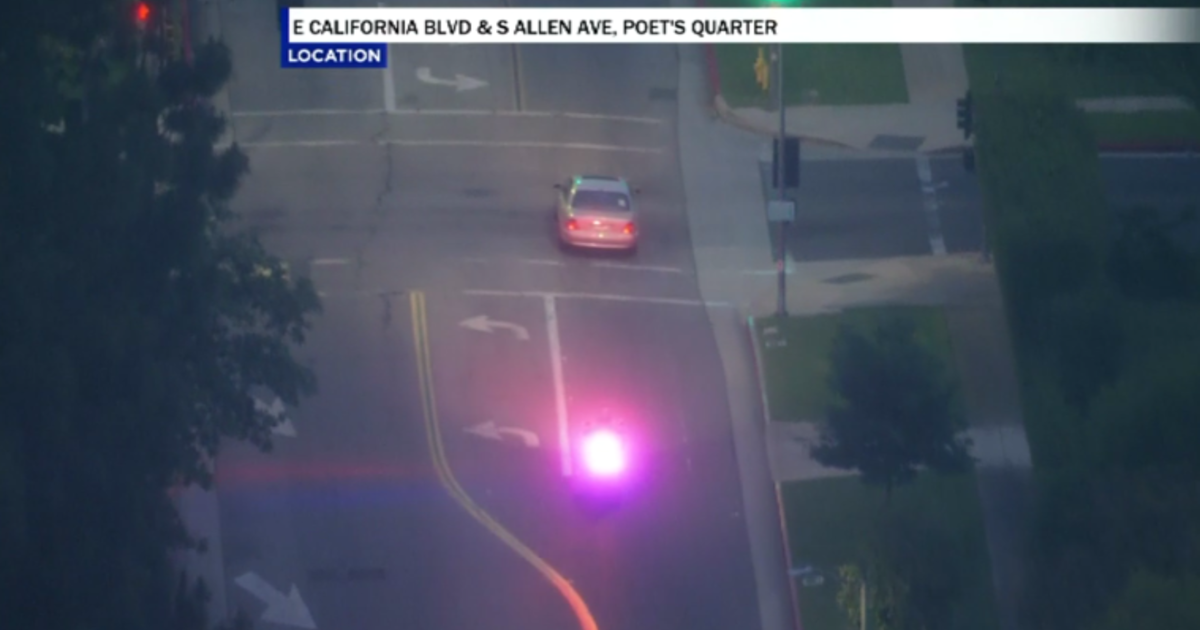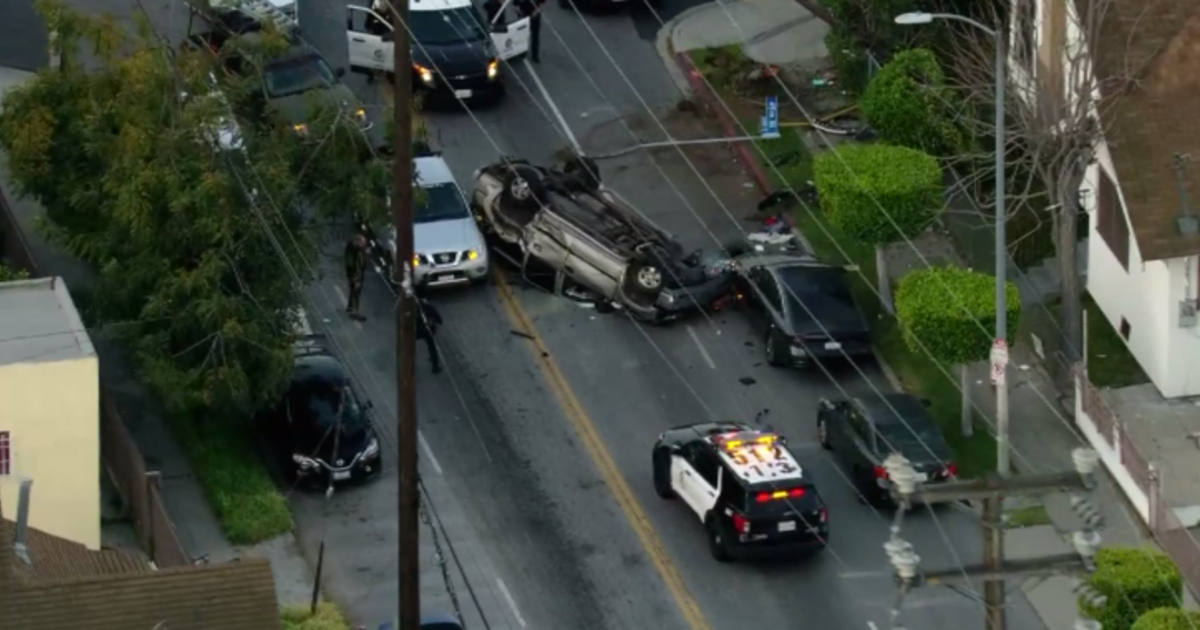Border Patrol To Target Repeat Immigration Offenders In Strategy Shift
SAN DIEGO (CBS) — Border officials on Tuesday unveiled a change in immigration enforcement policy that they hope will deter repeat offenders from coming across the U.S. border into San Diego.
KNX 1070's Tom Reopelle reports the move comes even as the illegal border crossings have plunged to their lowest levels in four decades.
Podcast
A new 32-page document from the U.S. Border Patrol outlined a strategy that will focus less on flooding heavily-trafficked corridors with agents and pushing migrants to more remote areas and invest more attention on intelligence to identify repeat crossers and others perceived as security threats.
The agency will also detain illegal immigrants who repeatedly cross the border in San Diego and take them Arizona or Texas before being released — a move that authorities hope will end a revolving door cycle in areas such as Tijuana.
"We want to break that smuggling cycle, take those people away from that smuggling organization that they are helping to facilitate through illegal entry," said Border Patrol agent Jose Velasquez.
Conditions on the border have changed dramatically since the last national strategy as migration from Mexico has slowed dramatically, putting pressure on the agency to adapt to a new landscape. An unprecedented hiring boom more than doubled the number of agents to 21,000 since 2004, accompanied by heavy spending on fencing, cameras, sensors and other gizmos.
At the same time, migration from Mexico has slowed significantly. Last year, the Border Patrol made 327,577 apprehensions on the Mexican border, down 80 percent from more than 1.6 million in 2000. It was the slowest year since 1971.
The Pew Hispanic Center reported last month that the largest wave of migrants from a single country in U.S. history had stopped increasing and may have reversed.
Velasquez said now repeat offenders will also face punishment in addition to the policy change.
"The consequences range from involuntary return to Mexico to the most severe, which would be criminal prosecution," said Velasquez. "So every time he makes that illegal entry, the consequences go up."
The new strategy makes no mention of expanding fences and other physical barriers, a departure from the administration of President George W. Bush in the wake of a failed $1 billion program that was supposed to put a network of cameras, ground sensors and radars along the entire border.
The shift marked the Border Patrol's third national strategy since 1994, when the agency poured resources into the San Diego and El Paso, Texas, areas. That effort pushed migrants to remote mountains and deserts and made Arizona the nation's busiest crossing for illegal crossings.
(TM and © Copyright 2012 CBS Local Media, a division of CBS Radio Inc. and its relevant subsidiaries. CBS RADIO and EYE Logo TM and Copyright 2011 CBS Broadcasting Inc. Used under license. All Rights Reserved. This material may not be published, broadcast, rewritten, or redistributed. The Associated Press contributed to this report.)



